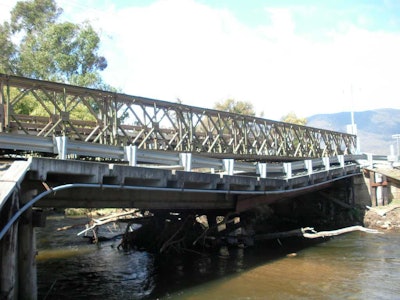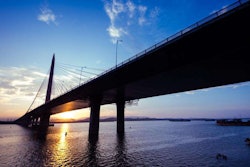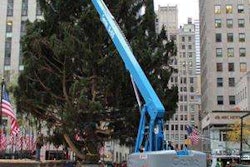 (Photo: Caroline Ramsden / Flickr)
(Photo: Caroline Ramsden / Flickr)Human beings are creatures of overcoming obstacles. Out of necessity, we have built bridges to connect islands, places, cities and most importantly, the hearts of men. Because of the amazing urge for innovation, our history has seen the evolution of bridges, from simple plank of wood to the sophisticated engineering marvel and design.
As wonderful as bridges may be, there are certain reasons a mega structure could collapse.
Here are five big reasons contributing to bridge failure and collapse:
5. Natural calamities
Obviously, natural calamities can destroy various structures, and these include bridges. As a matter of fact, most collapsed bridges are used as an epitome of how destructive a natural calamity is. No matter how many buildings are destroyed, amidst all of it, the bridge is considered as the most dramatic. As a result, many engineers consider possible natural calamities, such as earthquake and flooding, when constructing bridges.
4. Construction failures
Some bridges collapse well before completion. It takes a great amount of manpower and labor to construct a bridge. This means construction workers are in dire position in case the bridge will collapse. Since bridge construction is still in progress, the full design is not yet realized. An engineering miscalculation could lead to accidents. This is exactly what happened to Quebec Bridge, which collapsed twice during its construction, claiming at least 80 lives.
3. Defective design
We cannot simply take out the possibility of human error when it comes to bridge design. The construction can be done correctly with high quality materials; however, all these will amount to nothing if the design is not perfect. When the bridge is not designed properly to support weight, the result could include fatalities and property damage.
2. Poor maintenance
Most bridge collapse incidents could have been prevented with proper maintenance. Regular inspection and maintenance routines are vital for prolonging a bridge durability and longevity. Maintenance such as replacing rusted metals, draining water accumulation, painting new coats, and adding support can prevent a bridge from collapsing. Even if the bridge is superior in construction design, if it is not well maintained, the bridge could collapse.
1. Low grade materials
A bridge is as strong as its materials. When a bridge is well funded and high quality materials are used, then we can conclude that it will last longer. The problem with cost-cutting and saving on materials is that it can lead to future accidents. Lower-grade materials may save a lot of money in the initial phase, but the long-term effect may be more costly. This was a problem in the 1967 Silver Bridge collapse over the Ohio River.
These are five common reasons bridges collapse. Knowing these various reasons will help us appreciate architectural wonders and observe necessary precaution when maintaining and building a bridge.
Editor’s note: Be sure to also check out our recent blog post about what causes the most damage to bridges, which includes data from the 2013 Bridge Inventory.
About the author: Morton Karrie is a freelance writer with more than three years of experience in writing, editing and researching in the field of construction. She graduated with a degree in Construction Management in 2009 and started her career as feature writer at company magazine before becoming a freelance writer for numerous magazines and websites, including several construction publications.





![Radar Trailer panel facing back[1]](https://img.equipmentworld.com/files/base/randallreilly/all/image/2013/11/eqw.Radar-Trailer-panel-facing-back1.png?auto=format%2Ccompress&fit=crop&h=167&q=70&w=250)






